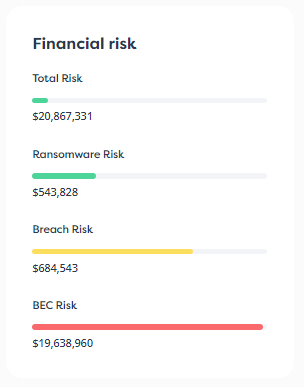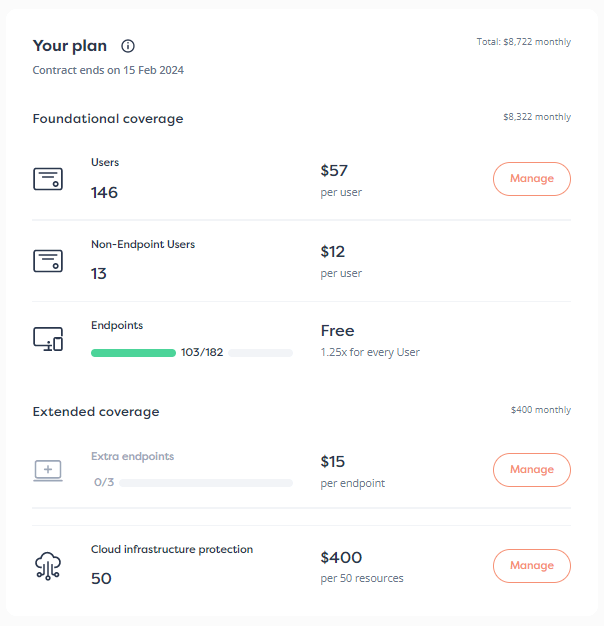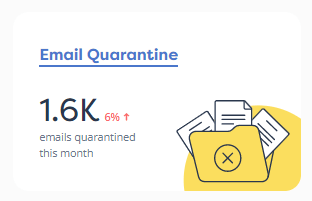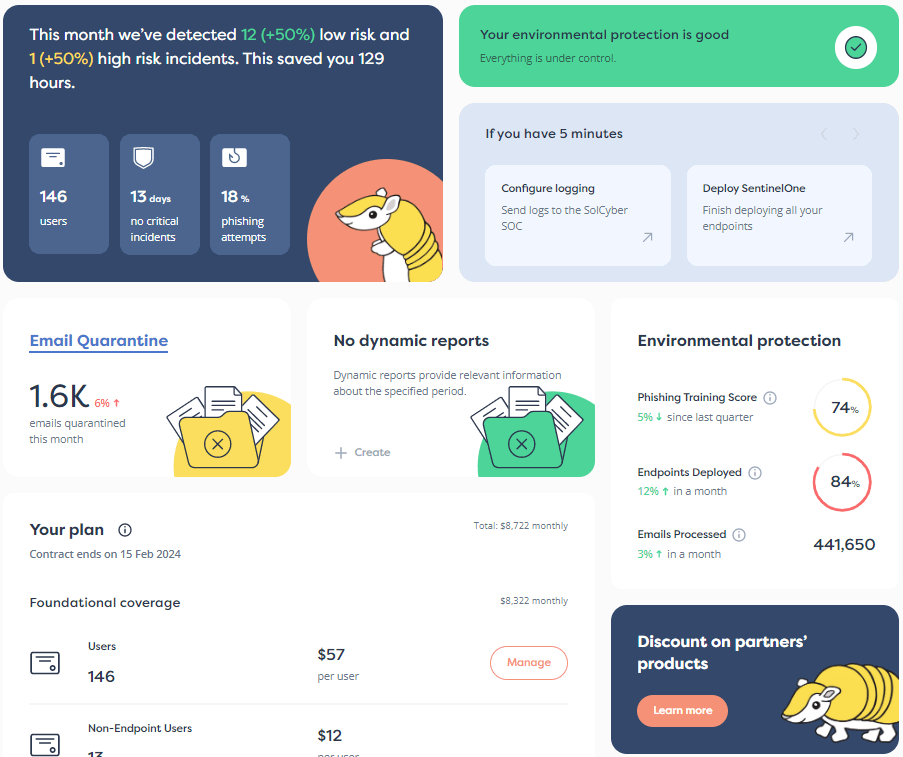

As artificial intelligence keeps advancing, a new kind of AI is getting a lot of attention. A new term is making waves across industries: agentic AI. If traditional AI systems are sophisticated calculators, agentic AI systems are more like autonomous employees. They not only process information but also take initiative, make decisions, and interact with digital environments to complete tasks end-to-end. This transformation is poised to change how we think about automation, and it has particularly significant implications for cybersecurity.
“Agentic AI” refers to artificial intelligence systems that act as autonomous agents. These systems are designed to pursue goals, take actions in dynamic environments, and adapt over time without human micromanagement. Unlike conventional AI tools that respond to discrete prompts (like chatbots or recommendation systems), agentic AI can plan and execute multistep tasks, monitor outcomes, and course correct as needed.
To qualify as “agentic,” an AI typically exhibits several key features:
In short, agentic AI combines reasoning, planning, and acting, turning passive models into proactive problem solvers.
There are several reasons agentic AI has surged into prominence:
1. Advances in Foundation Models: The emergence of powerful models like GPT4 and Claude has enabled AI systems to understand context, process complex instructions, and communicate like humans. These models provide the cognitive “brain” that agentic systems require.
2. Integration with Tools and APIs: Agentic AIs can now plug into software environments, run code, operate browsers, manipulate files, and interface with cloud services, allowing them to act as if they were human users.
3. Automation Pressure: Companies are hungry for cost-effective ways to scale operations. Agentic AI offers the promise of reducing repetitive workloads, automating customer support, accelerating development cycles, and even managing internal IT operations.
4. Developer Ecosystem: Open-source frameworks like LangChain and AutoGPT, as well as commercial tools like OpenAI’s function or Anthropic’s system prompts, have made it easier than ever to build agentic workflows.
Agentic AI is already being deployed across various sectors. Here are a few real-world applications:
Cybersecurity is one of the most promising and most critical domains for agentic AI. The threat landscape is increasingly fast moving, complex, and automated. Traditional humancentric defense methods are struggling to keep up. Enter agentic AI, which offers a powerful new paradigm.
Agentic AI can monitor networks in real-time, detect anomalies, and autonomously investigate potential threats. Instead of waiting for human analysts to step in, an agentic AI might isolate a compromised device, block a network connection, or sandbox a suspicious file, all while generating a full incident report.
Offensively, AI agents can be used for penetration testing. Red team agents can scan for vulnerabilities, attempt to exploit systems, and report on findings, all mimicking the behavior of real-world attackers but without putting systems at actual risk. This capability allows low cost, continuous auditing of the environment.
Agentic AI can trawl forums, code repositories, and dark web markets to identify new vulnerabilities or indicators of compromise (IOCs). Subsequently, the data can be integrated across the environment to proactively block and detect threats.
With the ability to interpret regulatory frameworks and monitor systems continuously, agentic AI can help organizations maintain compliance with GDPR, HIPAA, or SOC 2 by flagging violations, recommending fixes, and even updating documentation automatically.
Many security operations centers (SOCs) already use SOAR platforms to automate parts of incident response. Agentic AI can take this to the next level, automatically implementing new playbooks, updating existing ones, and triggering them without any human intervention. This is beyond next-gen — it’s a whole new class of SOAR capabilities driven by intelligent automation.
While agentic AI is powerful, it is not a silver bullet. There are important considerations and constraints:
The rise of agentic AI represents a paradigm shift in how we interact with machines. We are moving from using AI as a tool to collaborating with it as a colleague, an agent that thinks, decides, and acts.
In cybersecurity, this shift couldn’t come at a more crucial time. With attackers increasingly using automation, defenders must meet them on equal footing. Agentic AI can become the tireless, always-on ally that organizations need to maintain resilience in an age of digital warfare.
As the technology matures, expect to see agentic AI embedded in more platforms, managing more complex tasks, and becoming a core component of both enterprise infrastructure and consumer experiences. The challenge will be not only in harnessing its power but doing so responsibly, safely, and transparently.
Agentic AI is not just a buzzword; it’s a glimpse into the future of automation, defined by intelligence that doesn’t just respond, but acts. From orchestrating cybersecurity responses to automating complex business workflows, its potential is transformative. As Uncle Ben wisely said in the Spider-Man series, “With great power comes great responsibility.” The organizations that thrive will be those that learn to wield agentic AI wisely, maximizing its capabilities while mitigating its risks. In domains like cybersecurity, AI shouldn’t be seen as replacing humans, but as bridging the massive resource gap and elevating people to focus on oversight, strategy, and anticipating unknown threats, rather than being buried in daily operations.
If you’d like expert guidance on where agentic AI might fit best in your cyber strategy, consult SolCyber, a fully managed MSSP that is human-led by design and built to help organizations navigate the evolving cyber threat landscape with confidence.
Photo by Steve Johnson on Unsplash


By subscribing you agree to our Privacy Policy and provide consent to receive updates from our company.






